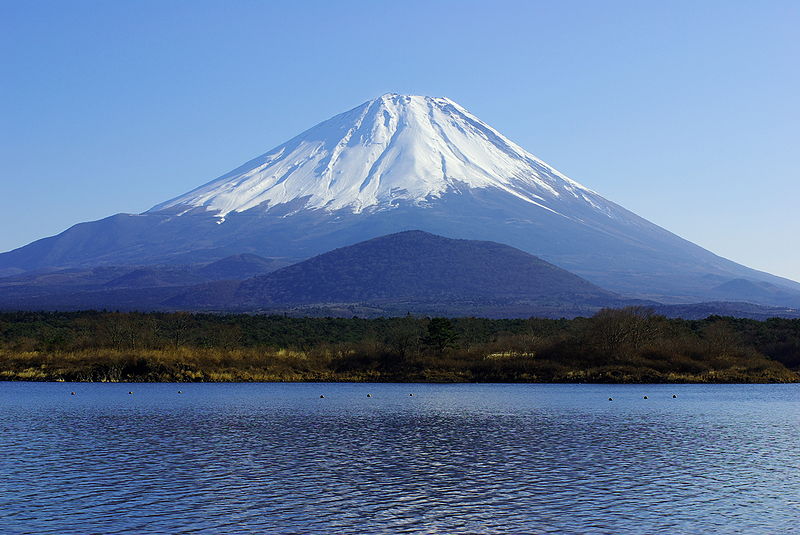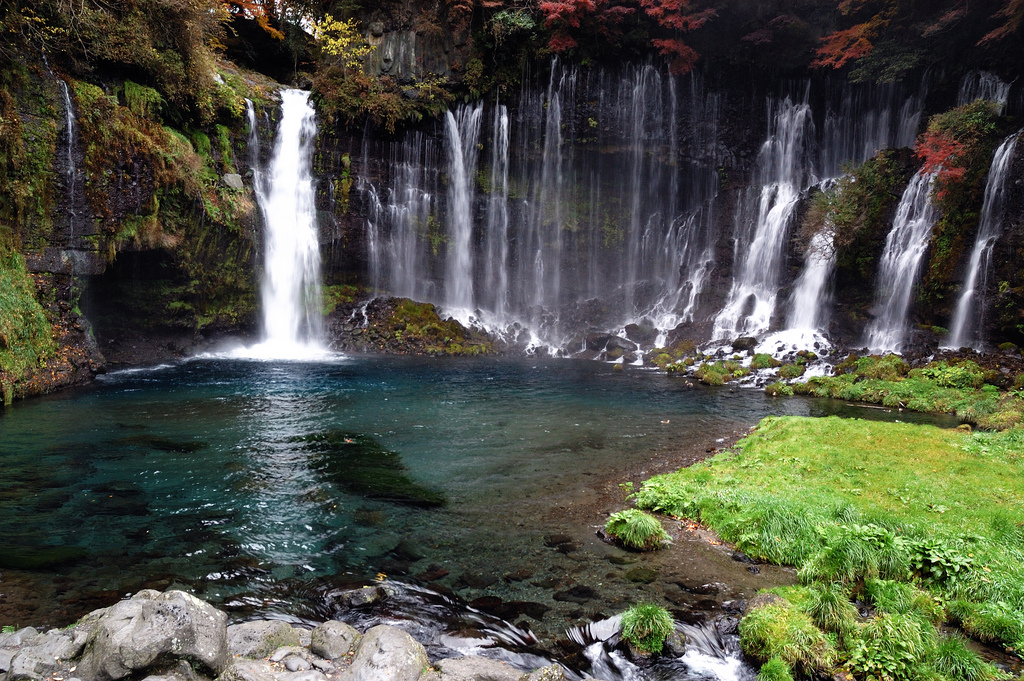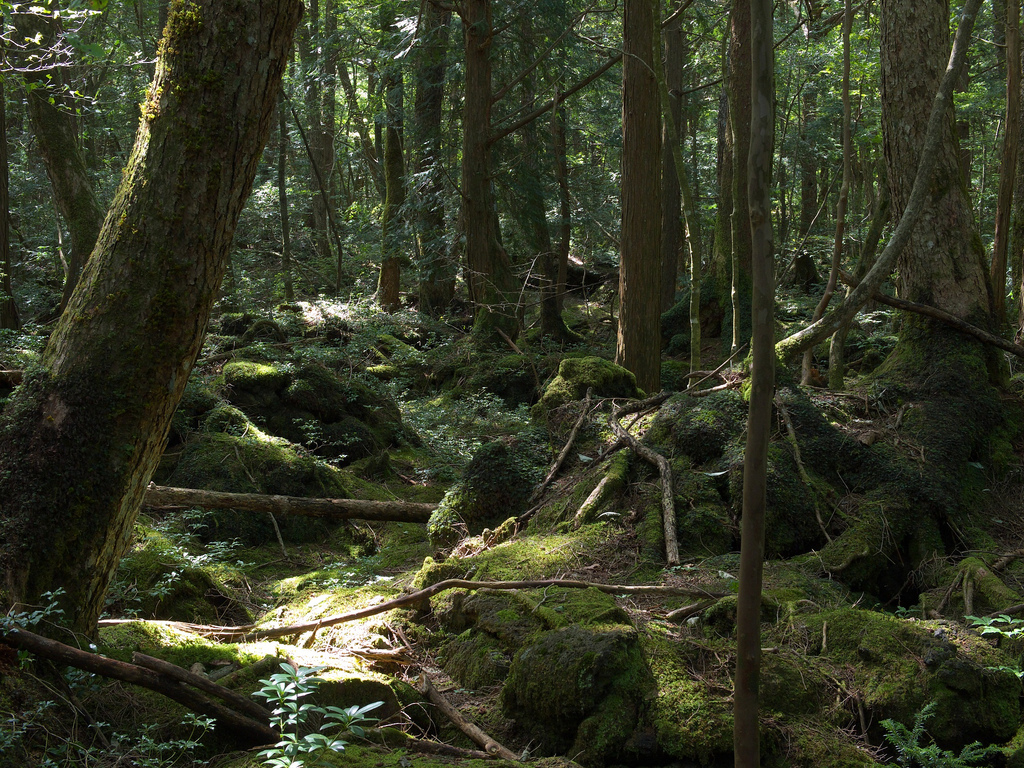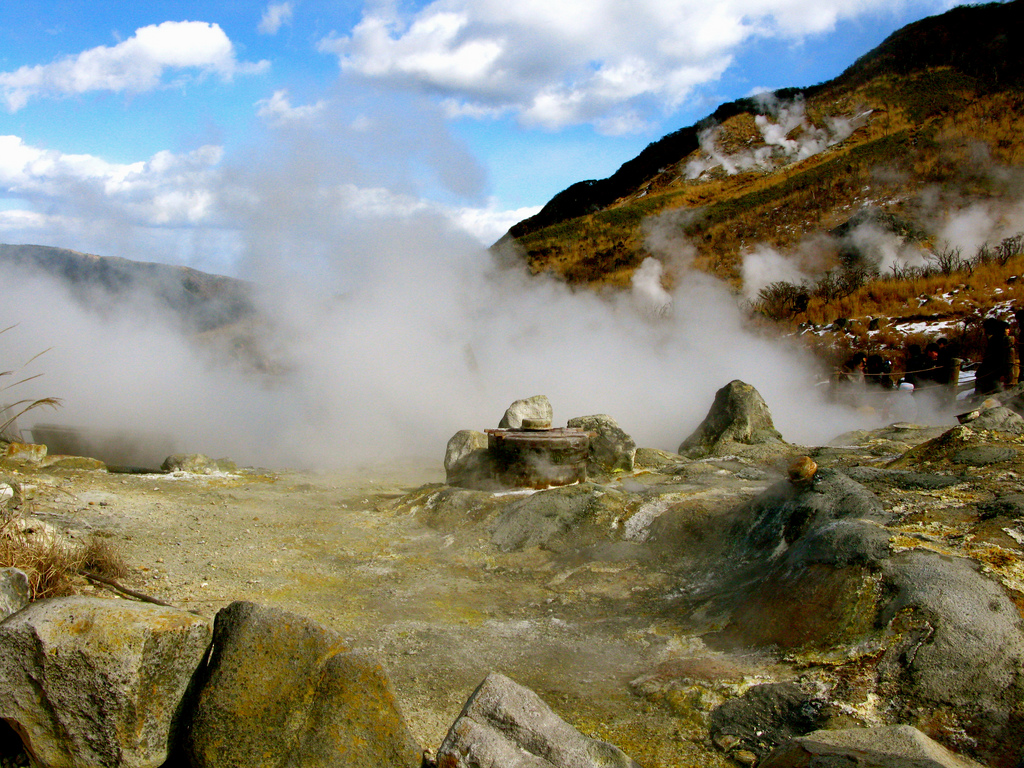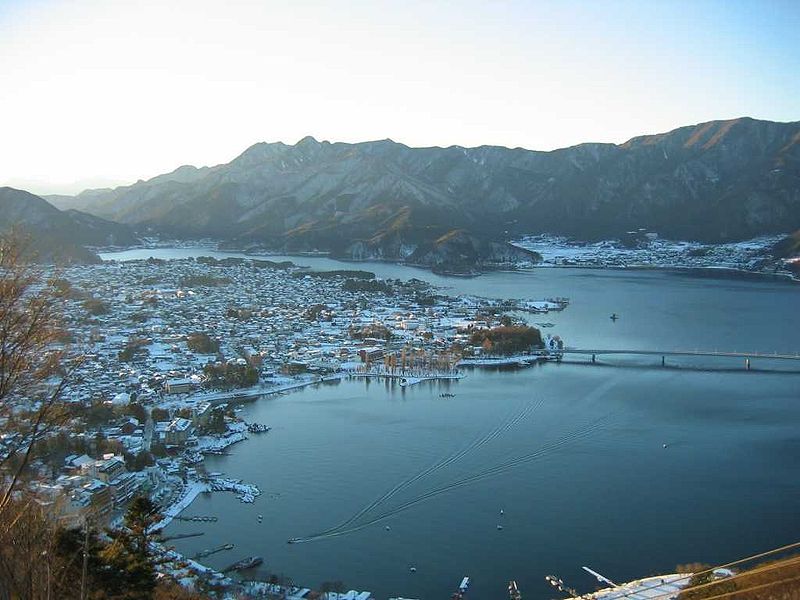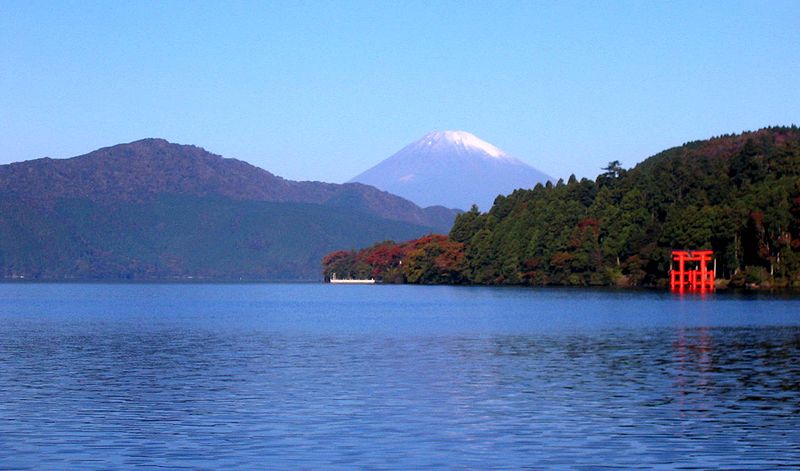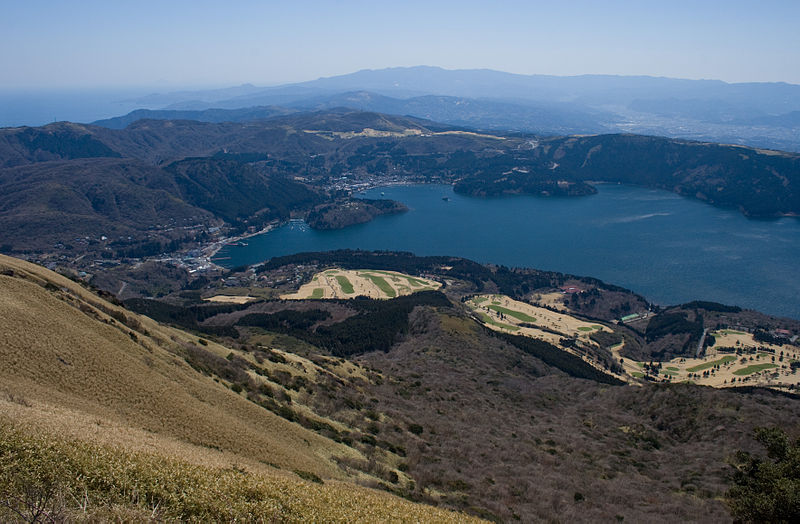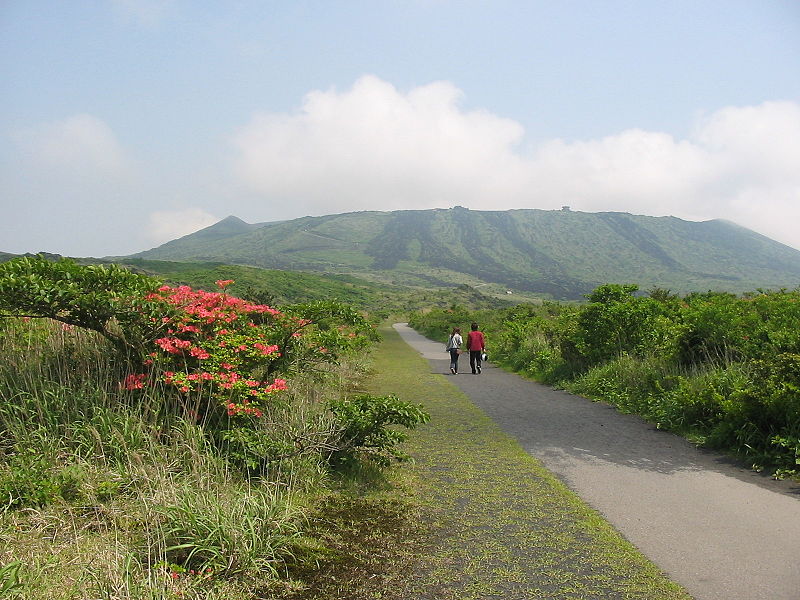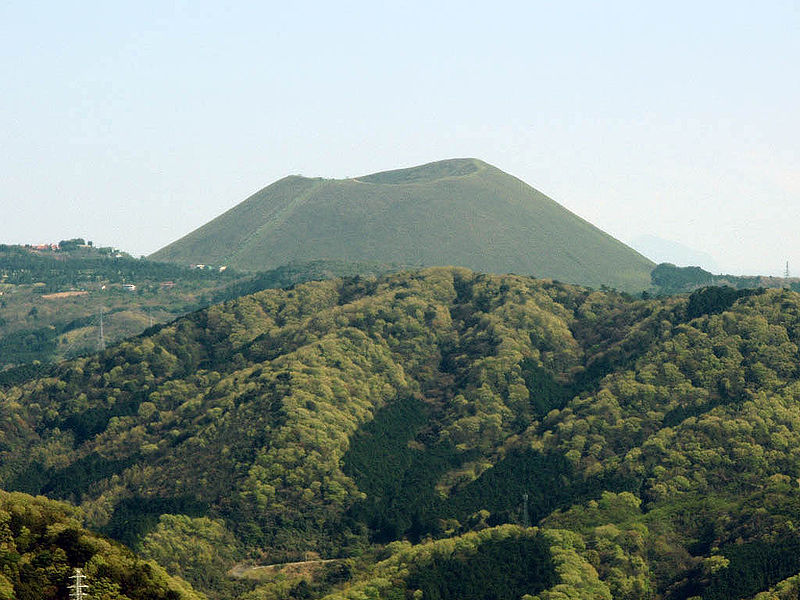Introduction :
The West Lake is also known in by the Chinese as Xi Hu is located in the historical region of Hangzhou which is the capital city of Zhejiang province in China. The West Lake was considered by the Chinese for thousands of years as a water wonderland and is the most well known lake in the whole of China. It is also the source of inspiration in the design of Chinese gardens as well as playing an influential part in the design of Japanese and Korea gardens. The West Lake is so popular and well known among the Chinese that it has appeared various times on the notes of Chinese currency. Famous poets and painters often include the West Lake in their poems and art works and the natural scenic beauty was inscribed as a UNESCO World Heritage Site in 2011. The total area of the West Lake is 6.5 square kilometres with an average depth of 2.27 metres.

One of the signature scenery views of the West Lake
Image attribution to serapio @ Flickr

The Five Pavilion Bridge
Image attribution to thewamphyri @ Flickr

The Bao Chu Pagoda was built centuries ago
Image attribution to jaaronfarr @ Flickr

Beautiful reflections from the surroundings on the water
Image attribution to pondspider @ Flickr
History :
The earliest name of the West Lake was known as the Wulin Water is part of the Qiantang River. The first true emperor of Chinese, Qin Shi Huang also visited the lake and moored the boat personally to a stone known as the Qin Shi Huang mooring stone today. During the Sui Dynasty’s engineering reforms, the West Lake was connected to the major rivers of China and tourism has since flourished as early as 610 AD. The cultural landscape of the lake took shape during the Five Dynasties period where the Wuyue Kingdom founded various Buddhist and Taoist temples and pagodas around the lake and during the Southern Song Dynasty, Hangzhou was made the capital of the kingdom making the west Lake the most popular attraction in the city. Famous Italian explorer Marco Polo once complimented that the Hangzhou city with the West Lake was the most splendid heavenly city in the world.

Lotus around the West Lake
Image attribution to pedronet @ Flickr

Traditional rounded gateway around the West Lake
Image attribution to Greudin @ Wiki

Sunset at the West Lake
Image attribution to blese @ Flickr

Beautiful lights on the lake at night time
Image attribution to kycheng @ Flickr
Getting there :
The nearest international airport to the attraction is the Hangzhou Xiaoshan International Airport which is around 27 km east of Hangzhou City and a 1 hour ride away from the West Lake.






